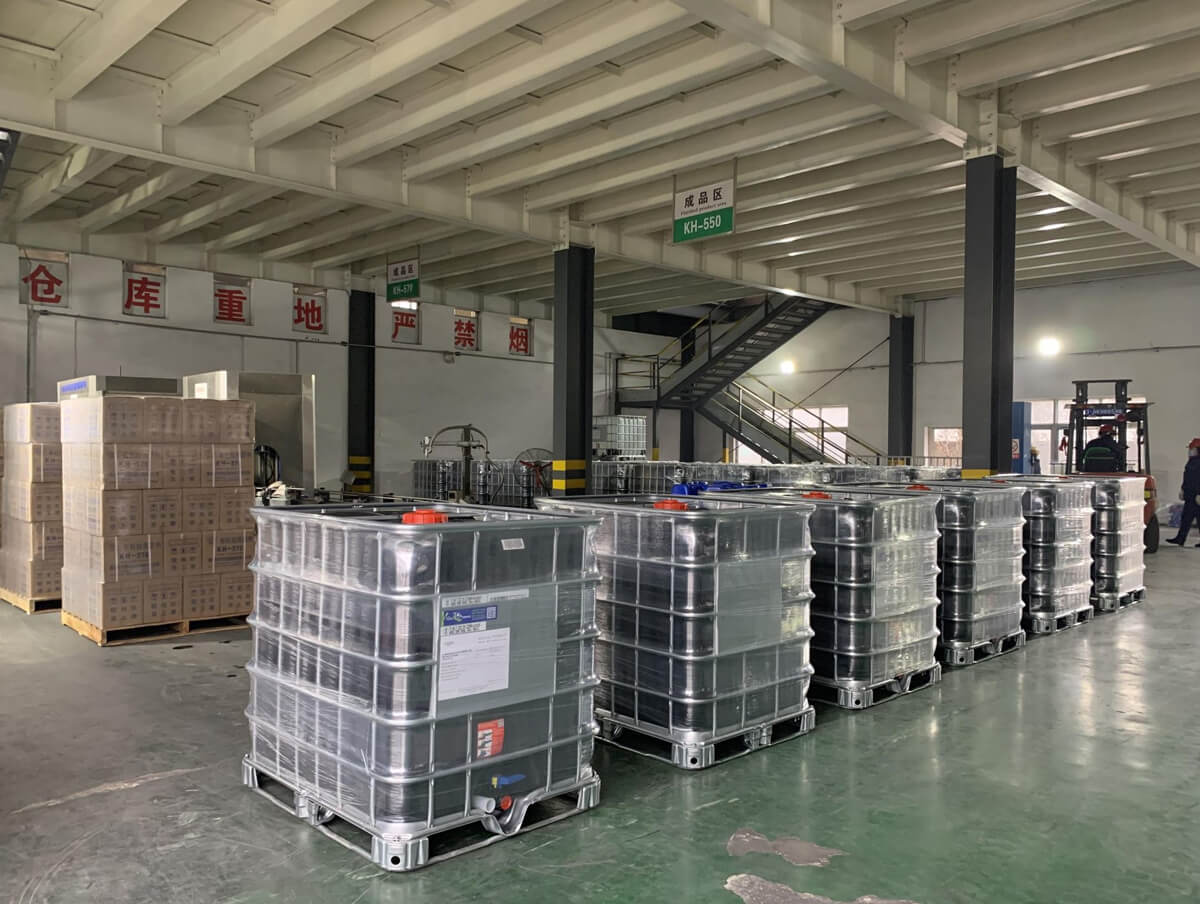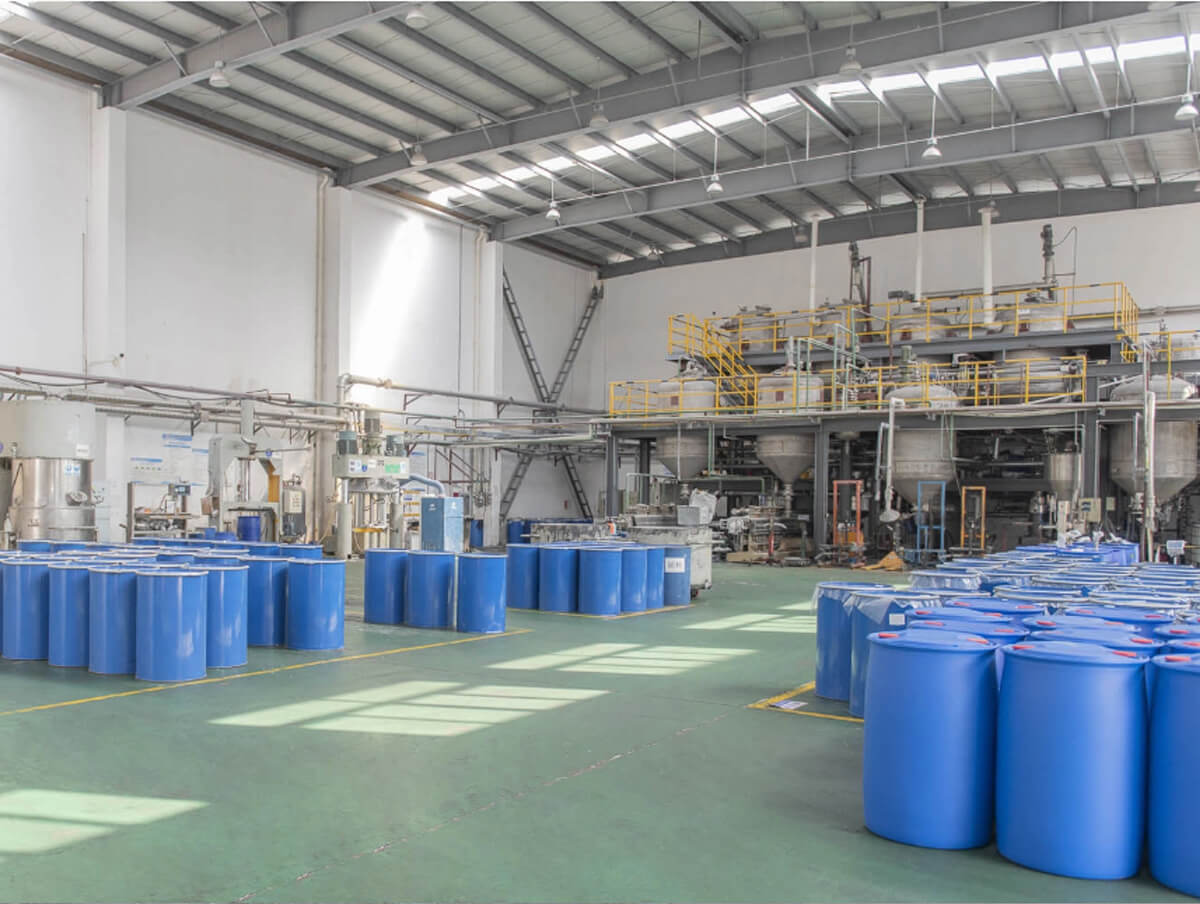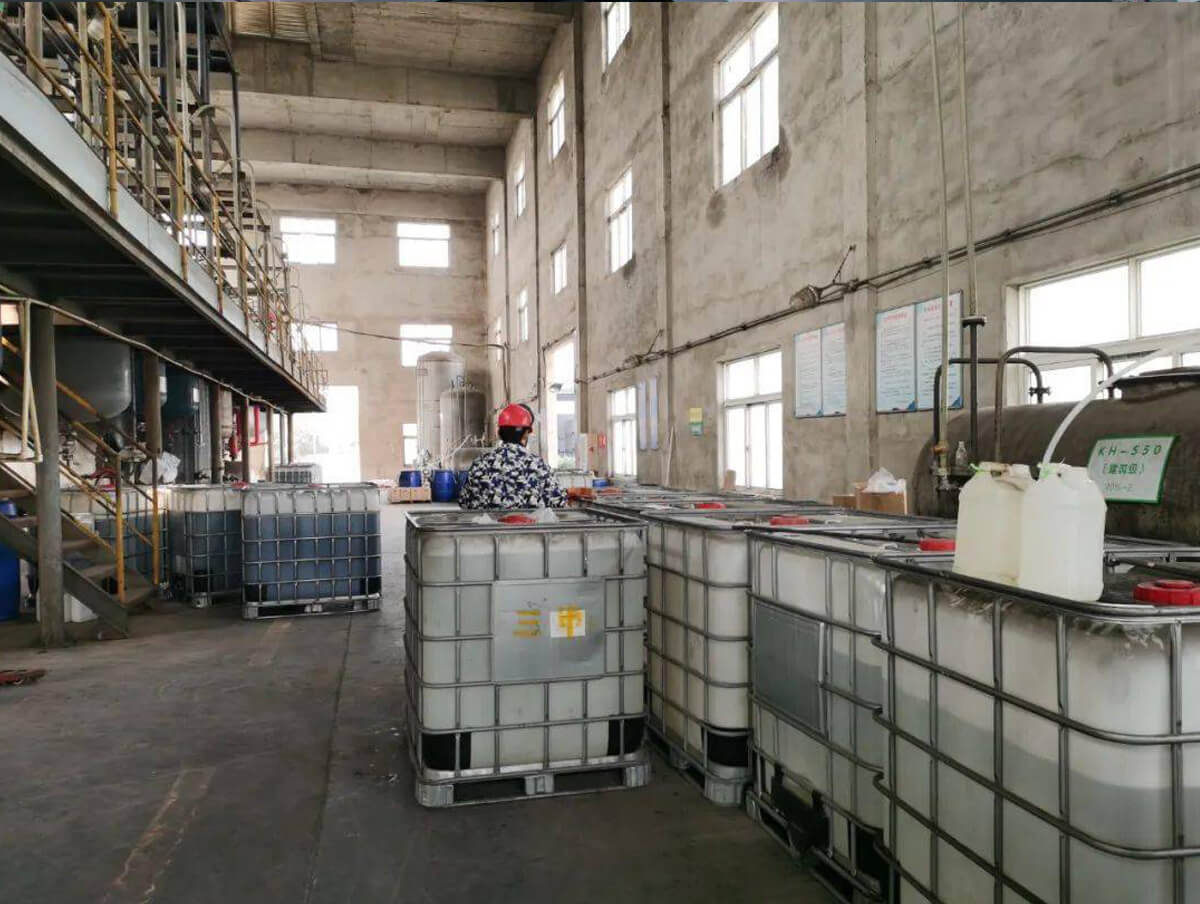
Trichlorovinylsilane
| Chemical Name: | Trichlorovinylsilane |
| Alias: | Vinyltrichlorosilane; VTC; Vinyl trichlorosilane; trichloro(ethenyl)silane; |
| Product Category: | Vinyl Silane – Silanes |
| Structural Formula: |  |
| CAS No.: | 75-94-5 |
| EINECS: | 200-917-8 |
| Molecular Formula: | C2H3Cl3Si |
| Molecular Weight: | 161.490 |
Trichlorovinylsilane Description
Trichlorovinylsilane (CAS 75-94-5), also known as Vinyltrichlorosilane, is a colorless to light yellow fuming liquid with a pungent, pungent odor.Vinyltrichlorosilane is soluble in most organic solvents, and is mainly used in organic synthesis as an intermediate for silicone manufacturing and as a chemical reagent.
Vinyltrichlorosilane is soluble in most organic solvents and is mainly used in organic synthesis, as an intermediate in the manufacture of silicones, as a coupling agent for adhesives and as a chemical reagent.
Vinyltrichlorosilane is soluble in most organic solvents and is mainly used in organic synthesis, as an intermediate in the manufacture of silicones, as a coupling agent for adhesives and as a chemical reagent.
| Chemical name | Trichlorovinylsilane |
| Synonymous | Trichloroethylenesilane, Vinyltrichlorosilane, Trichlorosilylethylene, Ethylenetrichlorosilane |
| InChI | InChI=1/C2H3Cl3Si/c3-1(4)2(5)6/h6H3 |
| Melting Point | -95℃ |
| Boiling point | 104.8°C at 760 mmHg |
| Flash point | 17.2°C |
| Water soluble reacts | Vapor pressure 35.2mmHg at 25°C |
| Dangerous goods signs | F: Flammable; C: Corrosive; |
| Risk terms | R11:; R14:; R20:; R34:; |
| Safety terms | S16:; S26:; S29:; S30:; S8:; |
| Storage conditions | 2~8℃, inert gas atmosphere |
| Appearance | Colorless transparent liquid |
| Dissolvability | Be soluble in organic solvent. Be easy to be hydrolyzed and alcoholized. In order to reduce Hydrolysis speed, mixed solvent of water, acetone or methylbenzene should be applied when make aqueous solution. |
| Uses | It is the major material for compounding other vinyl organic silicon coupling agents. Be applied to modification of chloric resin (such as polyvinyl chloride etc.) or the copolymerizing with chloric monomer. It contains unsaturated group and active chloride in CG-150 and hydrolyzes furiously with water and produces relative silanol. Also, it can be used as glass fiber surface treating agent or plastic layers strengthening treating agent to improve products’ intensity, heat-resistance and damp-resistance. Be applied to surface treatments for glass fiber. It can improve the adhesiveness, heat-resistance and water-resistance of glass fiber, non-saturated polyester, epoxy resin and acrylic resin. |
| Safety description | S8; S16; S26; S29; S30; S36/37/39; S45 |
| Hazard symbol | F; C |
| Hazard description | R11; R14; R20; R34 |
| Packaging |
|
| Sample |
|
| Inventory items |
|
| Price |
|
Packaging Specifications


Jessica G.
Get in touch to Get
- Quick and helpful reply within 8 hours;
- Tailored solutions provided for your project;
- One-stop purchasing service.
Trichlorovinylsilane: Guide
Vinyltrichlorosilane is a highly flammable liquid with a melting point of -95℃.
Uses.
1. It is used for the surface treatment of glass fiber and the treatment of reinforced plastic laminates. It can have condensation reaction with silanol on the surface of glass and form covalent bond with glass, so as to improve the adhesion, heat resistance and water resistance of glass fiber and unsaturated polyester, epoxy resin, acrylic resin, etc.
It is also used as filler silica for rubber. It is also used as coupling agent of silicon dioxide as filler for rubber, modifier of chlorine-containing resin and raw material for synthesizing many kinds of silicone products.
2. Used in the synthesis of silicone compounds, used as intermediates in the manufacture of silicone, coupling agent for adhesives.
Uses.
1. It is used for the surface treatment of glass fiber and the treatment of reinforced plastic laminates. It can have condensation reaction with silanol on the surface of glass and form covalent bond with glass, so as to improve the adhesion, heat resistance and water resistance of glass fiber and unsaturated polyester, epoxy resin, acrylic resin, etc.
It is also used as filler silica for rubber. It is also used as coupling agent of silicon dioxide as filler for rubber, modifier of chlorine-containing resin and raw material for synthesizing many kinds of silicone products.
2. Used in the synthesis of silicone compounds, used as intermediates in the manufacture of silicone, coupling agent for adhesives.












